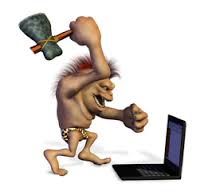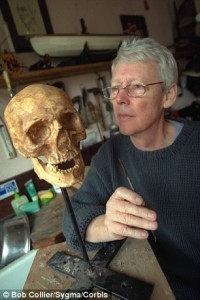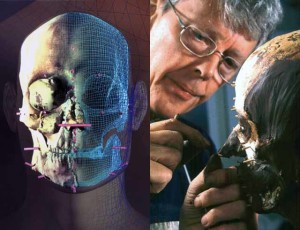 It’s 2016 and I’m starting a new year, just like you. I’m turning sixty this year and finally resolved to do something I’ve meant to do for a long, long time—before I’m too old to carry it out—I cleaned up my hard drive, storing a half zillion documents neatly in folders… and I found this piece stuffed away. I have no idea who wrote it, or where I got it, but it made me chuckle reading these sixteen thoughts from getting old.
It’s 2016 and I’m starting a new year, just like you. I’m turning sixty this year and finally resolved to do something I’ve meant to do for a long, long time—before I’m too old to carry it out—I cleaned up my hard drive, storing a half zillion documents neatly in folders… and I found this piece stuffed away. I have no idea who wrote it, or where I got it, but it made me chuckle reading these sixteen thoughts from getting old.
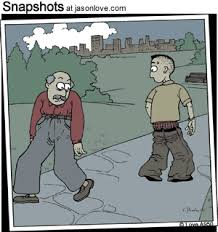 16. Where there’s a will, I want to be in it.
16. Where there’s a will, I want to be in it.
15. The last thing I want to do is hurt you. But it’s still on my list.
14. Since light travels faster than sound, some people appear bright until you hear them speak.
13. If I agreed with you, we’d both be wrong.
12. We never really grow up. We only learn how to act in public.
 11. War does not determine who is right – only who is left.
11. War does not determine who is right – only who is left.
10. Knowledge is knowing a tomato is a fruit. Wisdom is not putting it in a fruit salad.
9. To steal ideas from one person is plagiarism. To steal from many is research.
8. I didn’t say it was your fault, I said I was blaming you.
7. In filling out an application, where it says, ‘In case of emergency, Notify:’ I put ‘DOCTOR’.
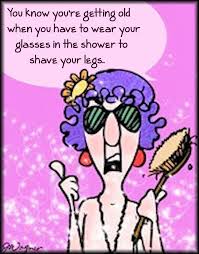 6. You do not need a parachute to skydive. You only need a parachute to skydive twice.
6. You do not need a parachute to skydive. You only need a parachute to skydive twice.
5. I used to be indecisive. Now I’m not so sure.
4. To be sure of hitting the target, shoot first and call whatever you hit the target.
3. Going to church doesn’t make you a Christian any more than standing in a garage makes you a car.
2. You’re never too old to learn something stupid.
1. I’m supposed to respect my elders, but it’s getting harder and harder for me to find one now.
Here’s a bonus thought:



